Table of Contents
When Is Evicting a tenants Necessary?
Evicting a tenant is never a landlord’s first choice—it’s a time-consuming, emotionally draining, and often expensive process. However, there are situations where eviction becomes unavoidable:
- Nonpayment of Rent: The Evicting a tenant consistently fails to pay rent on time or stops paying altogether.
- Lease Violations: Issues such as unauthorized pets, subleasing, or illegal activity on the property.
- Property Damage: The tenant causes significant damage beyond normal wear and tear.
- Nuisance Complaints: Repeated noise complaints or disturbances affecting neighbors.
Understanding when eviction a Tenants is necessary helps landlords take action in a way that’s both legally compliant and fair.

Reviewing the Lease Agreement
The lease agreement is the cornerstone of any eviction process. It outlines the rules and responsibilities of both the landlord and tenant, providing a legal basis for eviction if those terms are violated.
- Identifying Violations: Clearly document how the tenant has breached the lease agreement.
- Notice Requirements: Most leases specify the type of notice required (e.g., 3-day, 7-day) before eviction proceedings can begin.
- State-Specific Rules: Eviction laws vary by state, so landlords must ensure their lease complies with local regulations.
A thorough review of the lease agreement ensures that eviction proceedings start on solid legal ground.
Serving a Legal Notice to the Evicting a Tenant
The evicting a Tenants process officially begins when the landlord serves a legal notice to the tenant. This notice informs the tenant of the violation and gives them an opportunity to resolve the issue or vacate the property.
- Types of Notices:
- Pay or Quit: For unpaid rent, this notice requires the tenant to pay the overdue amount or vacate within a specific timeframe.
- Cure or Quit: For lease violations, this notice allows the tenant to correct the issue (e.g., removing an unauthorized pet).
- Unconditional Quit: For severe violations, such as illegal activity, this notice requires immediate vacancy without an opportunity to correct the issue.
- Delivery Methods: Notices must be delivered according to local laws, often through certified mail or personal delivery.
Providing proper notice is a critical step in protecting the landlord’s legal rights.
Filing an Eviction with the Court
If the tenant fails to comply with the notice, the next step is to file an eviction lawsuit (also called an unlawful detainer) with the local court.
- Required Documentation: Include a copy of the lease agreement, the notice served to the tenant, and any evidence of the violation.
- Filing Fees: Landlords must pay a filing fee, which varies by jurisdiction.
- Serving Court Papers: The tenant must be officially notified of the court filing, often through a process server or sheriff.
Once the case is filed, the court will schedule a hearing to review the eviction.
Attending the Court Hearing
At the court hearing, both the landlord and tenant have the opportunity to present their case. This is a crucial step where landlords must provide clear evidence to support their claims.
- Evidence: Include payment records, photos of property damage, or written complaints from neighbors.
- Legal Representation: While not always required, hiring an attorney can improve the chances of a favorable outcome.
- Court Decision: If the judge rules in favor of the landlord, a writ of possession will be issued, allowing the landlord to reclaim the property.
A well-prepared case ensures a smoother process during the hearing.
The Tenant Removal Process
If the court grants the eviction, the landlord can proceed with removing the tenant from the property. However, this must be done in compliance with local laws.
- Writ of Possession: The landlord provides this court order to the local sheriff or law enforcement.
- Physical Eviction: Law enforcement supervises the removal of the tenant and their belongings.
- No Self-Help Evictions: Landlords cannot change locks or remove tenants without following legal procedures.
This step ensures the process remains lawful and minimizes liability for the landlord.
Handling Tenant Belongings
After eviction, landlords may need to address any belongings left behind by the tenant. Rules for handling these items vary by state.
- Storage Requirements: Some states require landlords to store items for a specific period.
- Notice to Tenant: Notify the tenant about their belongings and provide instructions for retrieval.
- Disposal Rules: If the tenant does not claim their belongings, landlords may dispose of or sell them according to local laws.
Following these rules protects landlords from legal disputes over abandoned property.
Post-Eviction Steps
Once the property is vacant, landlords can focus on restoring it and finding new tenants.
- Property Repairs: Assess and repair any damages caused by the previous tenant.
- Cleaning and Staging: Prepare the property for showings to attract new tenants.
- Review Screening Practices: Evaluate tenant screening processes to avoid future evictions.
Taking these steps helps minimize downtime and ensure a smooth transition to new tenancy.
Learn more about our eviction process here

